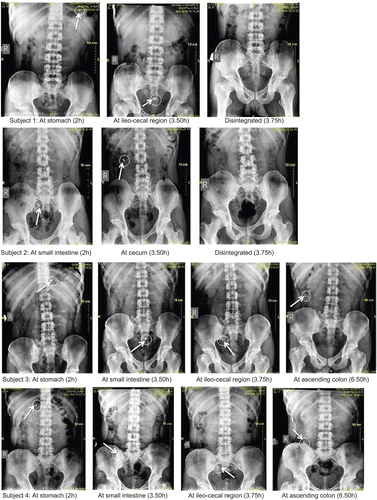Figures & data
Table 1. Formulation of core tablets.
Table 2. Physical properties of Diclofenac core tablet compression coated with Amylose–HPMC K100LV.
Table 3. Experimental design: Factors and responses.
Table 4. Composition of experimental formulations (runs).
Table 5. Experimental runs and observed results of Release after 5h (Y 1) and T90% (Y 2).
Table 6. Composition of observed and predicted response parameters.
Table 7. Analysis of variance (ANOVA) of dependent variables.
Figure 1. Response surface plot of release after 5 h from compression-coated tablet formulation containing amylose and HPMC in different proportions.

Figure 2. Response surface plot of time required for 90% release from compression-coated tablet formulation containing amylose and HPMC in different proportions.
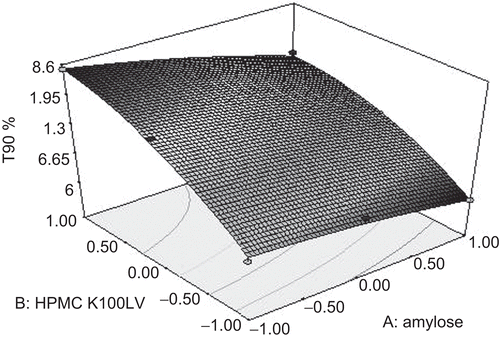
Figure 3. Dissolution profiles of all formulations R1–R9 (). Mean (± SD) percentage of diclofenac released from compression-coated tablet formulation (n = 3) containing amylose and HPMC in different proportions with amylase enzyme added in dissolution media after stage II. ![]()
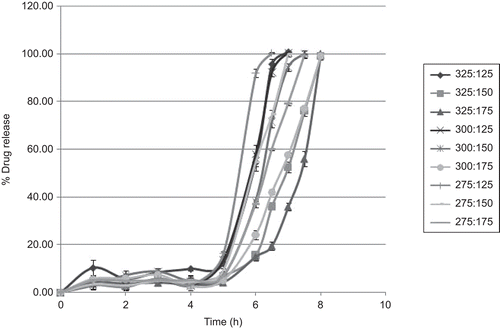
Figure 4. Dissolution profile diclofenac sodium tablet coated with amylose and HPMC (285:150) in the presence of enzyme (B1) and without enzyme in dissolution media (B2). ![]()
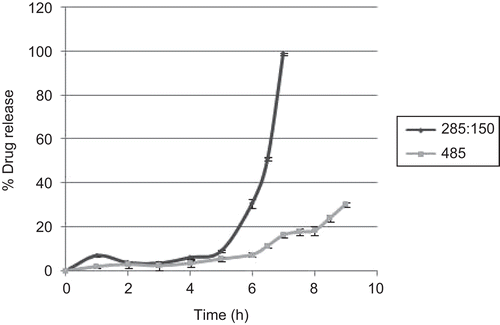
Figure 5. Dissolution profile of diclofenac sodium tablet coated with amylose and HPMC (285:150) in different pH media. ![]()
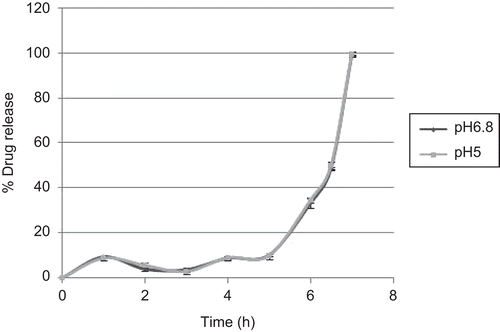
Figure 6. Dissolution profile of diclofenac tablet coated with amylose and HPMC (285:150) with (F1) and without superdisintegrant (F2). ![]()
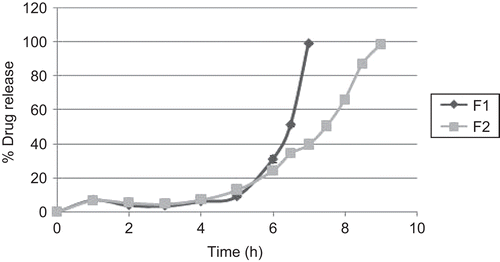
Table 8. The position of the tablets throughout the gastrointestinal tract in the subjects at certain points in time. Subjects 1 and 2 ingested tablets with superdisintegrant and subjects 3 and 4 ingested tablets without superdisintegrant, both coated with optimized amylose and HPMC compression coat.
